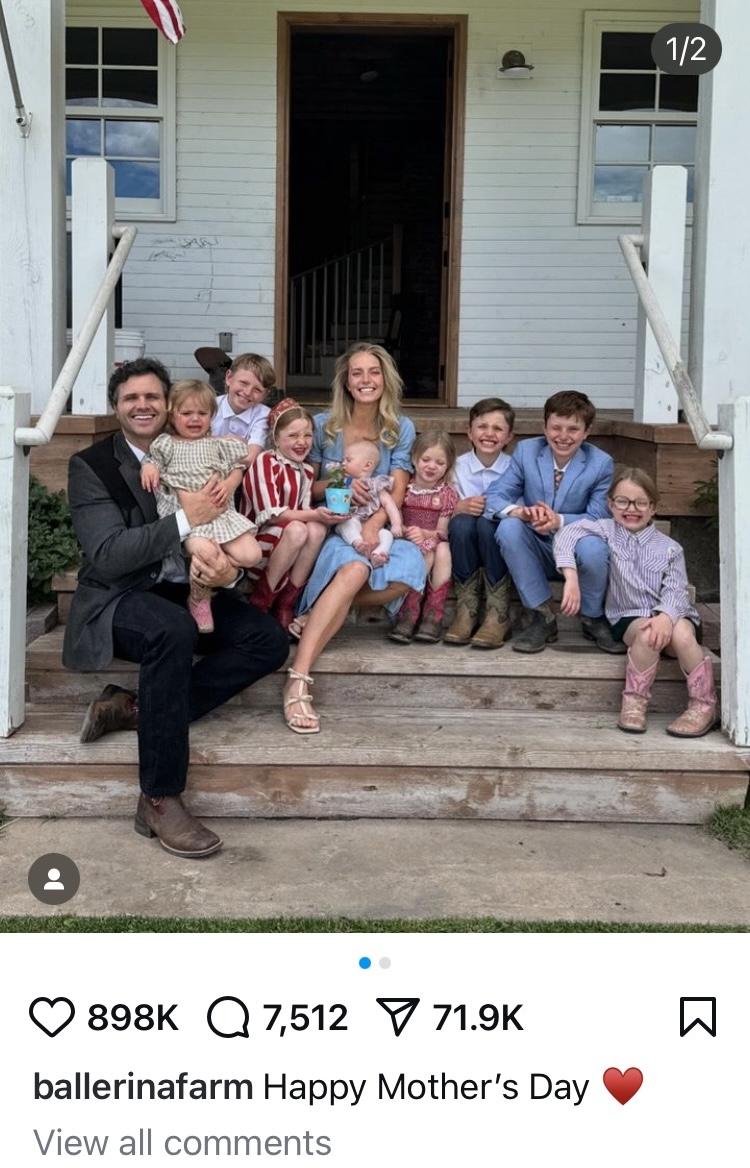Have more babies! Some say it's necessary, but this demographer isn't convinced
“Birthrates are plummeting worldwide. Can governments turn the tide?” “The world is running out of children as global birth rates collapse!” “Could a declining birth rate impact Colorado’s economy?”
[video:https://youtu.be/G69ybjyZjNg]
Amid reports of falling birth rates in the U.S. and beyond, such headlines have stoked concern that as generations of humans shrink, economic development will stall, labor shortages will worsen, and schools will close.
Tesla CEO Elon Musk has weighed in, posting on his social media platform X that “a collapsing birth rate is the biggest danger civilization faces,” and Vice Presidential Candidate J.D. Vance has repeatedly expressed concern that “our people aren’t having enough children to replace themselves.” Meanwhile, new academic institutes are exploring policy solutions to counteract global fertility decline. And “tradwife” influencers with huge families are having a moment on TikTok.
What’s going on?
“Pronatalism is absolutely on the rise,” said social demographer Leslie Root, referring to a political ideology aimed at getting people to have more children for the betterment of society. “That’s concerning because people should be able to have as many children as they want—or have no children at all.”
CU Boulder Today spoke with Root, an assistant research professor who studies fertility rates, about what the numbers really say, whether declining birth rates should worry us, and why TikTokers are obsessed with Ballerina Farm.
What’s happening with birth rates in the U.S.?
What we do know for sure is that people are having kids later. Previously, the average age at first birth was about 25. Now it is around 28. This is called the postponement transition and it’s something that a lot of European countries have already gone through. We also know that younger people are increasingly comfortable saying they don’t want kids, but we don’t have a ton of data on that yet. Contrary to J.D. Vance’s ‘childless cat lady’ comment, the U.S. actually has relatively low rates of childlessness compared to peer countries. For instance, for U.S. women born in the late 1970s, childlessness as they reach age 44 is around 10.5%. By contrast, it’s about 19% in Canada, about 20% in Austria and Poland, and 24% in Spain.
The fertility rate is 1.6 but some say it takes 2.1 for the population to replace itself long-term. Should we be worried?
No. We are not in the middle of a birth rate catastrophe. If you look only at this slice of time, where the older ones already had kids and the younger ones aren’t ready to start yet, it looks like nobody is having kids. That’s what is happening with the annual measure of fertility right now and that’s where we’re seeing a lot of anxiety. If the total fertility rate were 1.6 every single year for a long time, yes, the population would shrink. But we don’t know whether that will happen. We have evidence that people are waiting to have children, but we don’t know whether that will mean fewer children.
And if birth rates do keep falling, is that so bad?
The big thing that people say is that not having enough births means that there isn’t as many working- age people to support the older population. Population growth is also a fantastic driver of economic growth so it is worrisome for the economy. Are these valid concerns? Sure. Is trying to engineer constant population growth the best response to that? Probably not. The human population cannot sustainably grow into infinity.
Why does pronatalism worry you?
Pronatalism is not just the idea that people should have kids. It is the idea that we should engineer birth rates to hit certain targets for the good of society. It originated in the 1800s. We saw it again in Europe when they went through this postponement transition and we’re seeing similar conversations in the U.S. now. There’s also this idea that we need to have growth from native birth rates, rather than immigration. It worries me because we are seeing a weaponization of birth rates, with some trying to pit people against each other based on whether they have kids or not. It’s about shaming women who don’t have kids and trying to get back to an era where having kids is obligatory for women to participate in society, and it’s all coming at a time when reproductive autonomy is already under threat.
Mother-of-eight Hannah Neeleman, of Ballerina Farm, has gone viral. Why?
I think most people following trad wife influencers like Ballerina Farm realize that this is a lifestyle that they cannot themselves actually emulate. But it’s just a demonstration of abundance. It looks so wonderful that you can devote all your time to your hobbies and your children and not have to go out to your job that you maybe don’t like that much. It’s this fantasy that I think is arising in this cultural moment, partly because of this chatter about birth rates, but also because so many of us are just burned out.
If not birth rates, what should policy makers focus on?
We could focus on enacting policies that make it easier for people to have the kids they want to have. Universal healthcare or universal parental leave. Improving infant mortality rates. And we should continue to make sure that people have access to family planning so that people can have kids when they want to have kids and avoid having kids when they don't want to.




